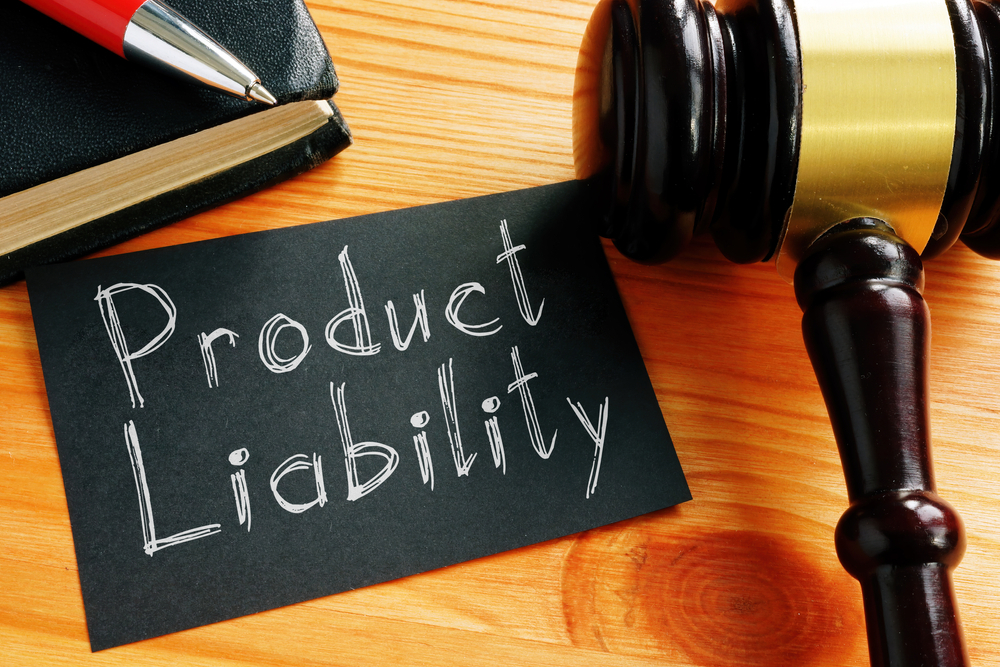Introduction
Your home is more than just a building; it’s a sanctuary where you create lasting memories. However, unforeseen circumstances such as natural disasters, accidents, or theft can disrupt your sense of security. This is where home insurance becomes invaluable. Home insurance offers financial protection and peace of mind, ensuring that your home and belongings are safeguarded against potential risks. In this article, we will delve into the significance of home insurance, explore different coverage options, discuss factors that influence premiums, and provide essential tips for selecting the ideal policy to suit your needs.
Understanding Home Insurance
Home insurance, also referred to as homeowner’s insurance, is an agreement between you, as the homeowner, and an insurance company. It serves as a safety net, offering coverage for your home’s structure, personal possessions, and liability protection. By paying regular premiums, you establish an arrangement with the insurance company that guarantees reimbursement for covered losses or damages.
Coverage Options
- Dwelling Coverage: This is the core component of home insurance, protecting the physical structure of your home, including walls, roofs, floors, and built-in appliances. It offers financial compensation in the event of perils such as fire, lightning, windstorms, or vandalism.
- Personal Property Coverage: This component insures your personal belongings, such as furniture, electronics, clothing, and jewelry. It ensures reimbursement for loss or damage resulting from covered perils, including theft and specific natural disasters.
- Liability Protection: Home insurance also provides liability coverage, which shields you in the event that someone gets injured on your property and files a lawsuit seeking damages. It covers legal fees, medical expenses, and potential damages awarded by the court.
- Additional Living Expenses: In the unfortunate event that your home becomes temporarily uninhabitable due to a covered event, such as a fire, home insurance can alleviate the burden by covering your living expenses. This includes hotel bills, meal costs, and other necessary accommodations until your home is repaired or rebuilt.
Factors Affecting Premiums
Several factors determine the cost of your home insurance premiums. These factors are taken into account by insurance companies when calculating the appropriate premium for your policy. Key considerations include:
- Location: The geographical location of your home significantly influences the premiums. Homes situated in areas prone to natural disasters, such as hurricanes or earthquakes, usually have higher premiums due to increased risks.
- Home Value and Rebuilding Costs: The value of your home and the cost of rebuilding it in the event of a total loss are crucial factors in determining premiums. Larger, more valuable homes generally incur higher premiums.
- Deductible: The deductible is the amount you are responsible for paying out of pocket before your insurance coverage kicks in. Opting for a higher deductible can lower your premiums, but it also means assuming a higher financial burden in the event of a claim.
- Home Security Measures: Employing security features such as smoke detectors, burglar alarms, and deadbolt locks can reduce the risk of damage or theft. Implementing such measures may qualify you for lower premiums.
- Claims History: Your claims history can impact your premiums. Frequent claims may label you as a higher-risk homeowner, resulting in higher premiums. Maintaining a claims-free record can help keep your premiums manageable.
Tips for Choosing the Right Policy
- Assess Your Needs: Begin by evaluating the value of your home and belongings, considering your location and potential risks. This assessment will help determine the necessary coverage limits and policy features you require.
- Shop Around: Obtain quotes from multiple insurance companies to compare coverage options and premiums. Consulting with independent insurance agents can provide access to a wider range of options from various insurers.
- Understand Policy Exclusions: Thoroughly review the policy to comprehend what is covered and what is excluded. Common exclusions include flood damage and certain types of natural disasters. If necessary, consider purchasing separate policies to cover these exclusions.
- Regularly Review Coverage: Periodically revisit your policy to ensure it aligns with your current needs. Major renovations or the acquisition of valuable items should prompt adjustments to your coverage.
- Bundle Insurance Policies: Explore the option of bundling your home insurance with other policies, such as auto insurance. Many insurance companies offer multi-policy discounts, resulting in cost savings.
Conclusion
Home insurance is an essential investment for homeowners, providing financial protection and peace of mind. It safeguards your home, personal belongings, and offers liability coverage against unexpected events. By understanding the coverage options available, the factors influencing premiums, and employing the provided tips for selecting the right policy, you can make informed decisions to safeguard your home effectively. Remember, when it comes to home insurance, preparedness is key to protecting your cherished abode.







Разрешение на строительство — это официальный удостоверение, предоставленный полномочными органами государственной власти или территориального управления, который допускает начать строительство или исполнение строительных операций.
Разрешение на строительство на зарегистрированном участке формулирует юридические положения и регламенты к строительным операциям, включая допустимые типы работ, приемлемые материалы и методы, а также включает строительные регламенты и пакеты безопасности. Получение разрешения на строительные работы является обязательным документов для строительной сферы.